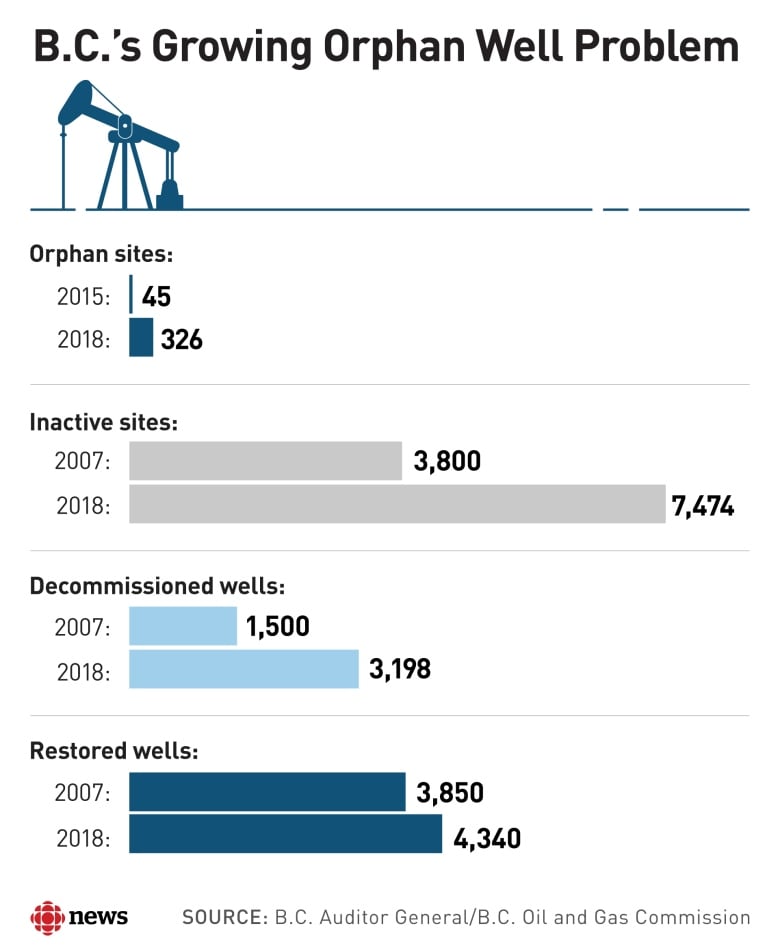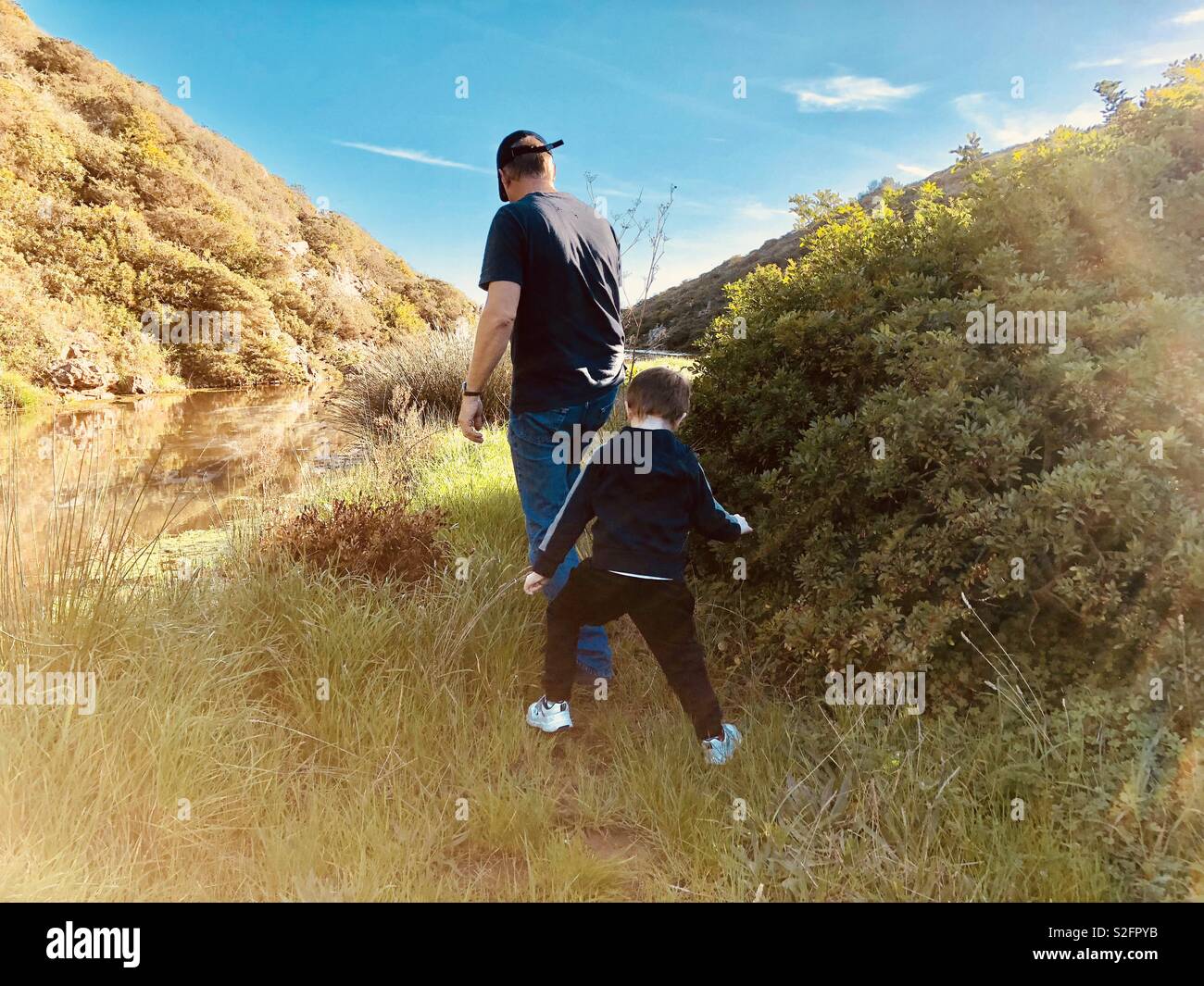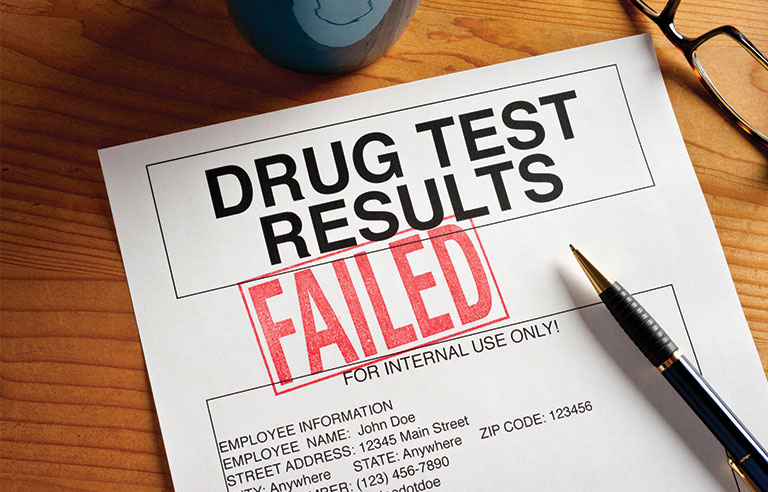Are Alberta's Oil Levies Enough To Cover Orphan Well Costs?

Table of Contents
The Growing Problem of Orphan Wells in Alberta
Orphan wells in Alberta represent a significant environmental and financial liability. These abandoned oil and gas wells, left unreclaimed, pose risks including groundwater contamination, methane emissions (a potent greenhouse gas), and soil degradation. Understanding the extent of this problem is crucial for developing effective solutions.
-
Definition and Environmental Impact: Orphan wells are oil and gas wells that have been abandoned without proper reclamation. This means the wellhead and surrounding area haven't been properly sealed, leading to potential environmental damage such as leaking methane, contaminating groundwater with produced water, and causing surface erosion.
-
Historical Context: The legacy of decades of oil and gas exploration in Alberta has resulted in a considerable number of abandoned wells. Many of these were abandoned before stringent environmental regulations were put in place.
-
Statistics and Projections: The number of orphan wells in Alberta is steadily increasing, with estimates ranging in the thousands. Projections show this number is likely to grow significantly in the coming years, necessitating a proactive approach to management and funding.
-
Examples of Environmental Damage: Numerous instances of environmental damage from orphan wells have been documented in Alberta, highlighting the urgency of addressing this issue. These range from localized groundwater contamination impacting nearby water sources to more widespread methane emissions contributing to climate change.
-
Long-Term Liabilities: The long-term liability associated with orphan wells extends far beyond the initial reclamation costs. These include ongoing monitoring, potential remediation of unforeseen contamination, and the long-term ecological consequences.
Alberta's Current Oil Levy System: A Detailed Look
Alberta's current system for managing orphan well costs relies heavily on oil and gas levies. These levies are fees paid by active oil and gas producers, contributing to a fund designed to cover the costs of reclaiming orphan wells. However, the effectiveness and sufficiency of this system are central to the discussion.
-
How the System Works: The Alberta Energy Regulator (AER) oversees the collection and allocation of oil levies. Producers pay a per-well levy and a volume-based levy, contributing to a fund used for site reclamation and well abandonment.
-
Levy Rates and Application: The levy rates are periodically reviewed and adjusted, but the question remains whether they are sufficient to cover the escalating costs. Understanding the current rates and how they are applied is vital to assess the system's efficacy.
-
AER's Role: The AER plays a critical role in administering the levy system, ensuring compliance, and overseeing the reclamation process. However, their capacity to effectively manage a growing number of orphan wells needs to be continuously evaluated.
-
Strengths and Weaknesses: The current system provides a dedicated funding source for orphan well reclamation, but it faces challenges in keeping pace with rising costs and potentially unforeseen liabilities. Weaknesses may include inadequate contingency planning for fluctuating oil prices and the complexity of administrating the program.
-
Comparison to Other Jurisdictions: Comparing Alberta's oil levy system with those in other jurisdictions that have substantial oil and gas production can offer valuable insights and potential areas for improvement. Different models exist, and analyzing their successes and failures is crucial.
Are Levies Sufficient? Assessing the Funding Gap
A critical question is whether current Alberta oil levies are enough to cover the projected costs of orphan well reclamation. Analyzing this requires projecting future costs and comparing them to the current and projected levy revenue.
-
Projection of Future Costs: Accurately predicting the future costs of orphan well reclamation is challenging. Factors such as inflation, technological advancements (which can increase or decrease costs), and the number of future orphan wells all impact these estimations. Sophisticated financial modelling is necessary.
-
Comparison of Projected Costs with Levy Revenue: By comparing the projected reclamation costs with the revenue generated by the current oil levy system, we can identify potential funding gaps. This analysis must consider scenarios with varying oil prices, as these directly affect levy revenue.
-
Analysis of Potential Funding Shortfalls: Even with well-designed modelling, considerable uncertainty exists. Analyzing potential shortfalls allows for the development of contingency plans and proactive policy adjustments.
-
Impact of Fluctuating Oil Prices: Oil price volatility is a major risk factor. When oil prices are low, levy revenue decreases, potentially creating a significant funding shortfall. Mechanisms to mitigate this risk are essential.
-
Potential Solutions: Addressing potential funding gaps requires exploring multiple solutions. These range from increasing levy rates to exploring public-private partnerships for large-scale reclamation projects.
Potential Solutions and Policy Recommendations
Addressing the challenge of orphan well costs requires a multi-faceted approach involving policy reforms, industry responsibility, and innovative solutions.
-
Increasing Levy Rates: A straightforward approach is to increase the oil levies to better reflect the projected costs of reclamation. However, this must be balanced against the potential impact on the competitiveness of the oil and gas industry.
-
Improving Reclamation Efficiency: Improving the efficiency of the reclamation process can significantly reduce costs. This includes adopting new technologies, streamlining regulatory processes, and fostering greater collaboration between government, industry, and contractors.
-
Public-Private Partnerships: Public-private partnerships can bring together the resources and expertise of both the public and private sectors to manage large-scale reclamation projects more efficiently and cost-effectively.
-
Enhanced Regulatory Oversight: Strengthening regulatory oversight can improve compliance, prevent the creation of new orphan wells, and ensure that existing reclamation efforts are conducted effectively and to the highest environmental standards.
-
Long-Term Sustainable Solutions: Implementing long-term sustainable solutions requires a proactive approach that goes beyond addressing the immediate problem of existing orphan wells. This includes incorporating reclamation costs into the lifecycle cost of oil and gas production and encouraging responsible well abandonment practices.
Conclusion
This article has examined the critical issue of whether Alberta's current oil levies are adequate to address the escalating costs of orphan well reclamation. While the existing levy system offers a dedicated funding mechanism, significant challenges remain. Potential funding gaps, the impact of fluctuating oil prices, and the need for greater efficiency in the reclamation process all necessitate proactive intervention. The analysis highlights the urgent need for robust policy reform, innovative solutions, and greater collaboration between government, industry, and stakeholders to ensure responsible environmental stewardship and the long-term financial sustainability of managing Alberta's orphan well liabilities. Understanding the complexities surrounding Alberta's oil levies and orphan well costs is crucial. Continued dialogue and proactive measures are essential to ensure sufficient funding and effective management of these significant environmental and financial liabilities. Learn more about Alberta's oil levy system and its impact on orphan well reclamation by exploring resources from the Alberta Energy Regulator (AER) and engaging in informed discussions about the future of responsible energy development.

Featured Posts
-
 Bring Her Back A 2025 Horror Must See
May 29, 2025
Bring Her Back A 2025 Horror Must See
May 29, 2025 -
 Following In Dads Footsteps The Pitts Star Actor
May 29, 2025
Following In Dads Footsteps The Pitts Star Actor
May 29, 2025 -
 Celestial Guardians Expansion Pokemon Tcg Special Event Announcement
May 29, 2025
Celestial Guardians Expansion Pokemon Tcg Special Event Announcement
May 29, 2025 -
 Arne Slot En Ajax Een Match Made In Heaven Of Een Misser
May 29, 2025
Arne Slot En Ajax Een Match Made In Heaven Of Een Misser
May 29, 2025 -
 El Dorsal 23 Del Athletic A Que Jugador Te Recuerda
May 29, 2025
El Dorsal 23 Del Athletic A Que Jugador Te Recuerda
May 29, 2025
Latest Posts
-
 Munguia Defeats Surace By Points Decision In Riyadh
May 31, 2025
Munguia Defeats Surace By Points Decision In Riyadh
May 31, 2025 -
 Jaime Munguia Wins Points Victory Over Bruno Surace In Riyadh Rematch
May 31, 2025
Jaime Munguia Wins Points Victory Over Bruno Surace In Riyadh Rematch
May 31, 2025 -
 Statement From Jaime Munguia Regarding Recent Drug Test
May 31, 2025
Statement From Jaime Munguia Regarding Recent Drug Test
May 31, 2025 -
 Jaime Munguia Releases Statement On Failed Drug Test Result
May 31, 2025
Jaime Munguia Releases Statement On Failed Drug Test Result
May 31, 2025 -
 Boxer Jaime Munguia Issues Statement Following Positive Drug Test
May 31, 2025
Boxer Jaime Munguia Issues Statement Following Positive Drug Test
May 31, 2025
